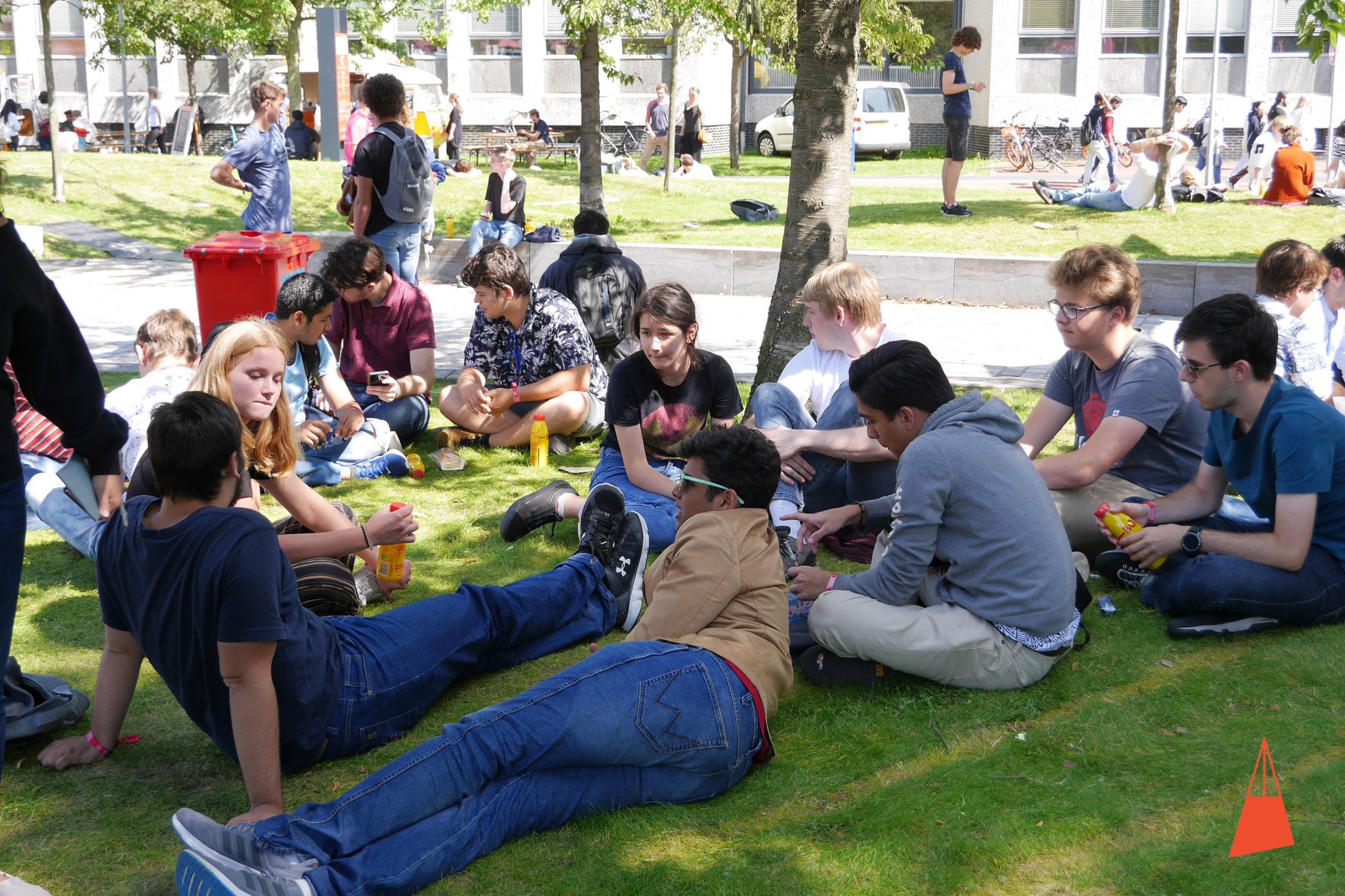Foreign students generate substantial revenues for the Dutch treasury. However, the scale of this influx may pose a risk to the quality of education.
(Foto: Roos van Tongeren)
These are the findings of a new study by the Netherlands Bureau for Economic Policy Analysis (CPB) which weighs up the costs and benefits of foreign students in the Netherlands. The study follows on from earlier research in 2012, which came to similar conclusions.
On average, students from other European countries ultimately generate €5000 if they attend a university of applied sciences (HBO) or €17,000 if they attend a university. For students from outside Europe, the benefits to the Netherlands are considerably higher: €68,500 if they attend a university of applied sciences or €96,000 if they attend a university.
The bottom line
The researchers focused both on the amount that students pay for their education and on the economic returns after graduation. They also looked at how many students stay in the Netherlands on completing their studies. The bottom line is that the Netherlands makes a profit on the internationalisation of its higher education.
The number of students per university lecturer is on the rise
Approximately thirty per cent of non-European students are still living in the Netherlands five years after graduation. European students are more likely to return home: only ten per cent of HBO students and fifteen per cent of university students from another European country are still in the Netherlands five years later.
The fact that non-European students generate so much income for the Netherlands is therefore due to the fact that they tend to stick around. But they also save the government money while they are studying: their education is not subsidised. They pay everything themselves.
In 2012, the CPB calculated the total balance for internationalisation in the Netherlands. This amounted to €740 million per year, but it now transpires that students stay on in the country more often than was assumed seven years ago. Nuffic, the Netherlands’ organisation for internationalisation in education, arrived at a figure of €1.5 billion in its 2016 study. This time around, the CPB did not make that calculation.
Raising the bar
The effect that all these international students are having on the quality of education remains difficult to determine. It would be wonderful if outstanding students came here to study, the CPB notes. “Interaction with students of a higher calibre could really raise the bar for the Dutch students.”
But the arrival of all those students also causes problems. The funding available for research is not keeping pace with the number of students, which means the number of students per university lecturer is on the rise. This increases the size of the groups being taught and makes giving each student the personal attention they need even more of a challenge.
HOP, Bas Belleman
Translation: Taalcentrum-VU
Do you have a question or comment about this article?
redactie@hogeronderwijspersbureau.nl


Comments are closed.